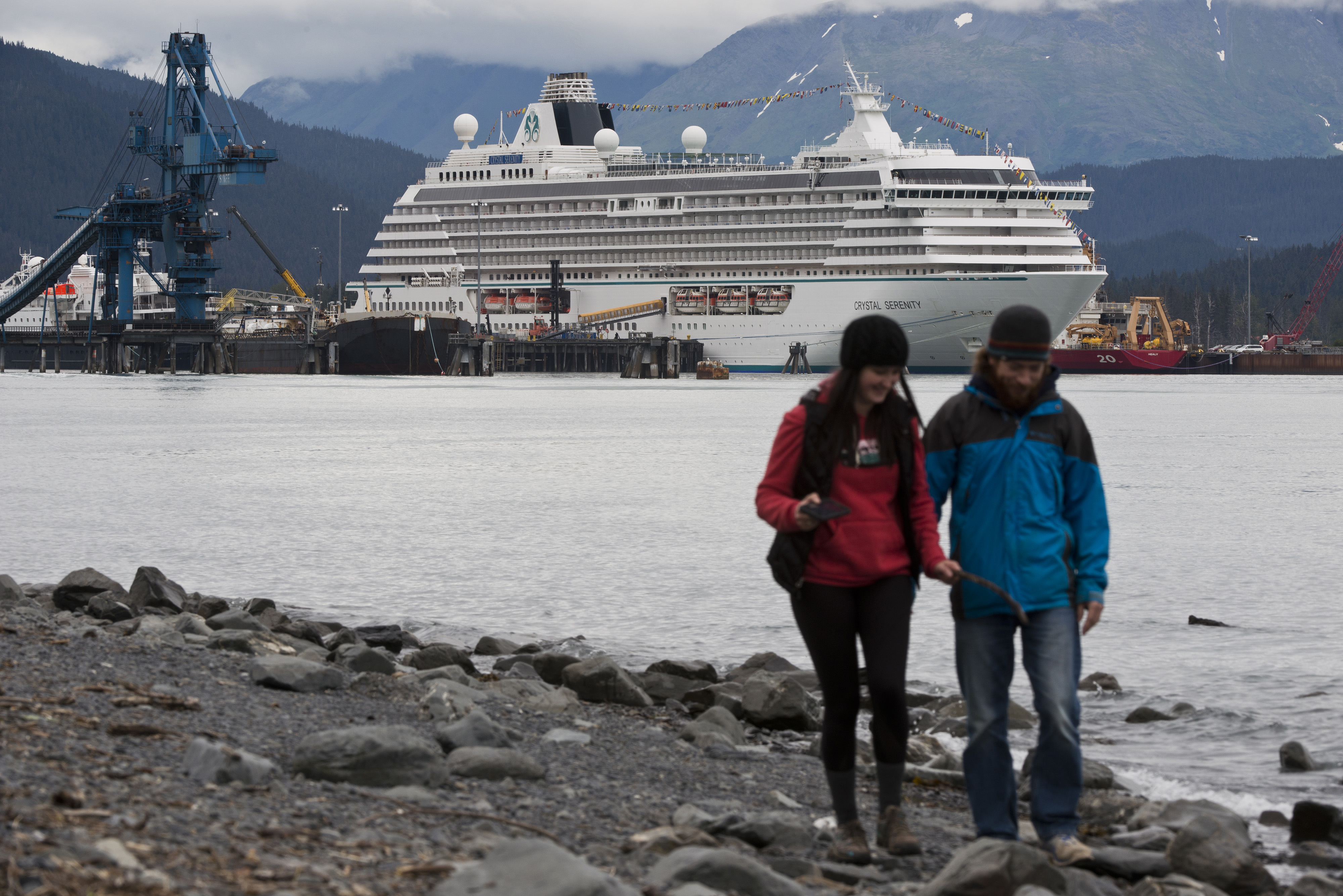Canada needs stricter grey water release rules for Arctic ships: WWF

The International Maritime Organization’s Polar Code, with strict new environmental rules for ships operating in the Arctic and Antarctic seas, comes into effect Jan. 1, 2017. But the World Wildlife Fund-Canada says the Polar Code’s new regulations, which forbid the discharge of “noxious liquid substances” or garbage, don’t go far enough to protect Canadian Arctic waters.
The environmental group has urged that Transport Canada, which is currently revising safety and pollution regulations before the Polar Code comes into force, adopt and enforce stricter regulations on grey water discharged in waters north of 60 degrees latitude.
[Luxury cruise ship sets sail for the Arctic from Seward]
Untreated grey water carries pollution impacts similar to sewage, and includes discharge from sinks, showers and galleys on ships. It can contain a wide variety of polluting substances, such as fecal coliform bacteria from human waste, food waste, oil and grease, detergent and soap residue, metals, solids and nutrients
The nutrients in grey water can lead to dead zones caused by excessive growth of algae, and the oil and grease coat the gills of fish, suffocating them, the WWF said in a recent release.
Grey water can also introduce invasive species.
That’s why the WWF wants Transport Canada to designate grey water as a specific type of waste in waters north of 60 degrees latitude.
It has also suggested Canada’s standards should align with those in Alaska, which say grey water cannot be discharged unless it meets strict requirements concerning levels of suspended solids and fecal coliform.
This means requiring stringent sampling, testing, record keeping and reporting, the WWF said.
[Nunavut aims to build on cruise ship market]
Canada would also have to “institute an effective inspection and enforcement system to ensure requirements are met.”
Following the voyage of the cruise ship, the Crystal Serenity, through the Northwest Passage this past August, WWF-Canada undertook research into grey water regulations.
The research, which you can read here, revealed that in southern Canadian waters grey water is clearly defined and has specific discharge regulations. The same doesn’t apply to the North, which means grey water can be freely discharged into the marine environment.
The Crystal Serenity wanted to leave the Arctic as clean as when ship passed through—“crystal clean,” John Stoll, Crystal Cruises’ vice president of land programs told Nunatsiaq News. So its wastewater and grey water—about 400 tonnes a day—was first treated and then released at least three nautical miles from shore.
But its treatment system went beyond what’s required by Canada.
“In its current examination of Arctic shipping regulations, Transport Canada has an opportunity to correct this oversight on grey water, thereby adding a level of protection for an ecosystem already undergoing massive shifts due to climate-change,” said Paul Crowley, WWF-Canada’s vice president of Arctic conservation, in the WWF release.